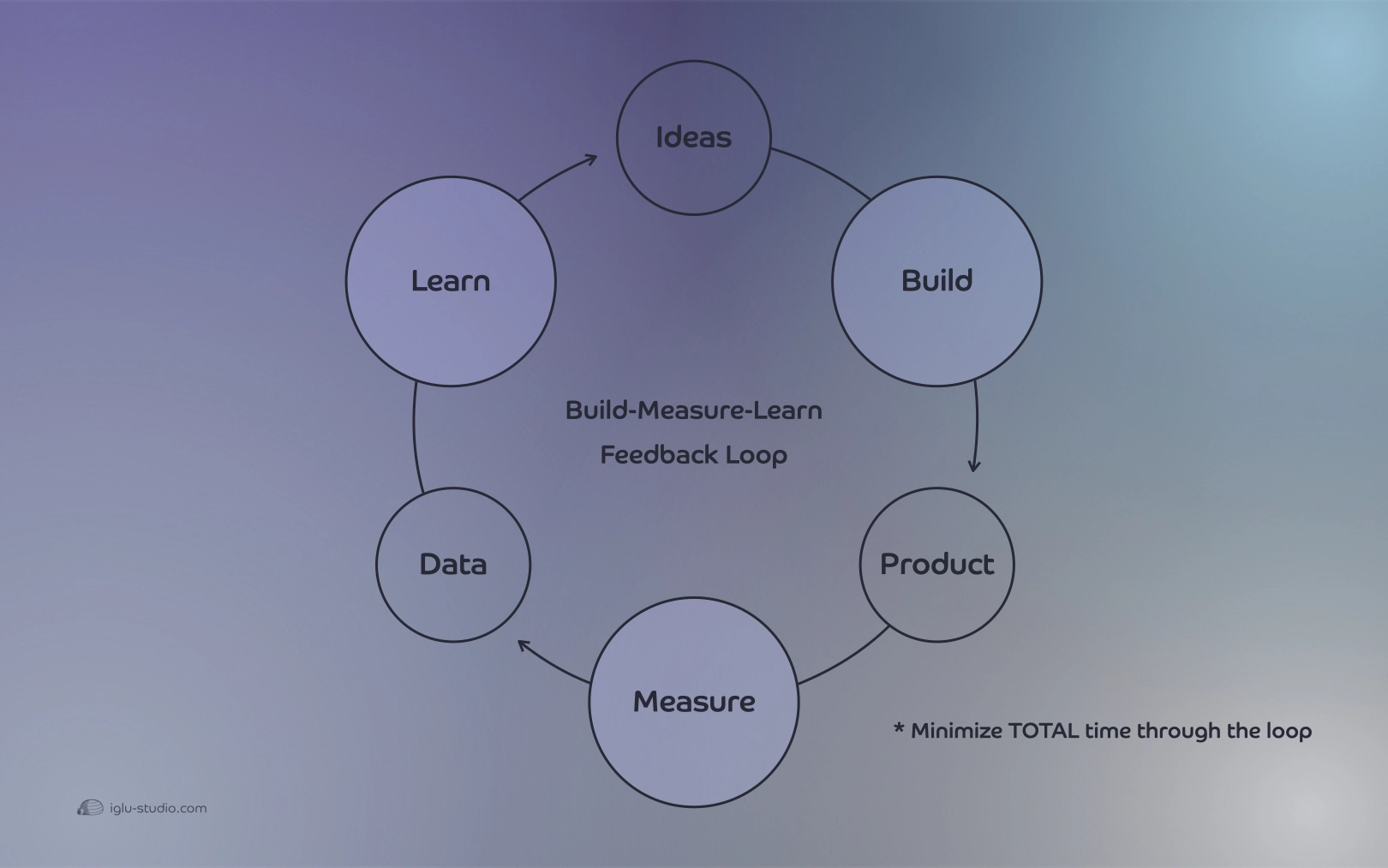Build–Measure–Learn: A feedback‑driven loop for reducing uncertainty
In the early days of a startup, uncertainty is the only constant. Founders often have visions that are bold and inspiring, yet they face a sobering fact: most of what they believe about their customers, markets, and solutions is, at best, an educated guess. The Lean Startup methodology, articulated by Eric Ries, aims to turn those guesses into knowledge as fast and cheaply as possible. At the very heart of this approach lies the Build–Measure–Learn (BML) loop, a disciplined process designed to transform vision into tested reality.
Unlike traditional product development, which often follows a rigid sequence toward a predetermined end, the BML loop embraces iteration. It is a feedback-driven engine where each cycle is an opportunity to confront hypotheses with evidence. The goal is not to produce a perfect product on the first try, but to systematically reduce uncertainty until a viable and sustainable business model emerges.

Build: From Hypothesis to Product
The “Build” stage begins not with coding or manufacturing, but with a hypothesis, a precise statement of what you believe will create value for a particular customer segment. The task here is to translate that hypothesis into a Minimum Viable Product (MVP), the smallest and simplest version of your idea that can be tested in the real world.
Importantly, “build” does not mean “launch the full product”. Overbuilding is a common trap for founders who fear releasing something imperfect. The MVP instead is a learning vehicle, constructed to produce data. For example, instead of building an elaborate application to match freelance fitness coaches with clients, you might create a basic landing page describing the service, with a signup form that captures interest and a simple manual process to connect early users.
Measure: From Data to Insight
If building is about making something testable, measuring is about asking the right questions and ensuring the resulting data is meaningful. This phase demands actionable metrics, data that directly inform decision making, rather than vanity metrics that look impressive but hide the truth.
Meaningful measurement requires three elements:
- Clearly defined success criteria before the test begins.
- Metrics linked directly to the hypothesis being tested.
- Data collection that is accurate, timely, and unbiased.
Returning to our fitness coach platform example, relevant measures might include the percentage of visitors who submit their email, the time between sign up and first request for a coach, and feedback on the clarity of the value proposition. Tracking such metrics provides tangible evidence about whether the concept resonates with real potential customers.
Learn: Pivot, Persevere, or Abandon
The ultimate purpose of the loop is learning, transforming raw data into validated insights. This learning informs the pivot or persevere decision:
- Persevere if the evidence supports the hypothesis and suggests that refining the current direction will yield growth.
- Pivot if evidence disproves the core assumption, prompting a strategic change in customer focus, product features, or even the entire business model.
In some cases, learning also points to abandoning an idea altogether, which can be difficult but necessary. For the fitness coach example, poor signup rates despite multiple value proposition tests might signal that the market need is weaker than assumed.
The BML Loop as an Ongoing System
The BML loop is not a one time exercise but a continuous system. With each iteration, the startup adapts based on newly validated knowledge. This cumulative learning not only shapes the product but also helps the team build an increasingly accurate map of their market and customers.
Speed matters. Shortening the feedback loop increases the rate of learning and reduces the cost of mistakes. In this way, BML functions like a learning engine where tight cycles mean less wasted work and greater agility in pursuing opportunities.
The Build–Measure–Learn loop shifts the focus from delivering a finished product to delivering understanding. By placing learning at the center of the startup’s work, it empowers teams to act with clarity rather than assumption. In environments where resources are scarce and uncertainty is high, that clarity can make the difference between building something remarkable and building something irrelevant.
Source Book Information
• Title: The Lean Startup: How Today’s Entrepreneurs Use Continuous Innovation to Create Radically Successful Businesses
• Author: Eric Ries
• Publication Year: 2011
• Publisher: Crown Business (Division of Random House)
• Publication Location: New York, USA
• ISBN‑13: 978‑0‑307‑88789‑4
• Page Count: 296 pages


